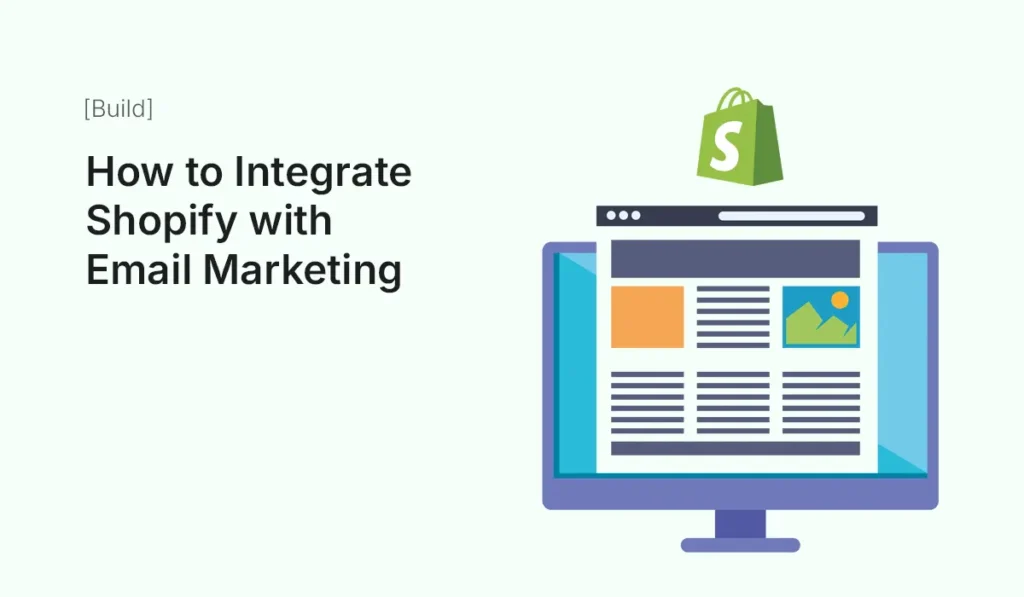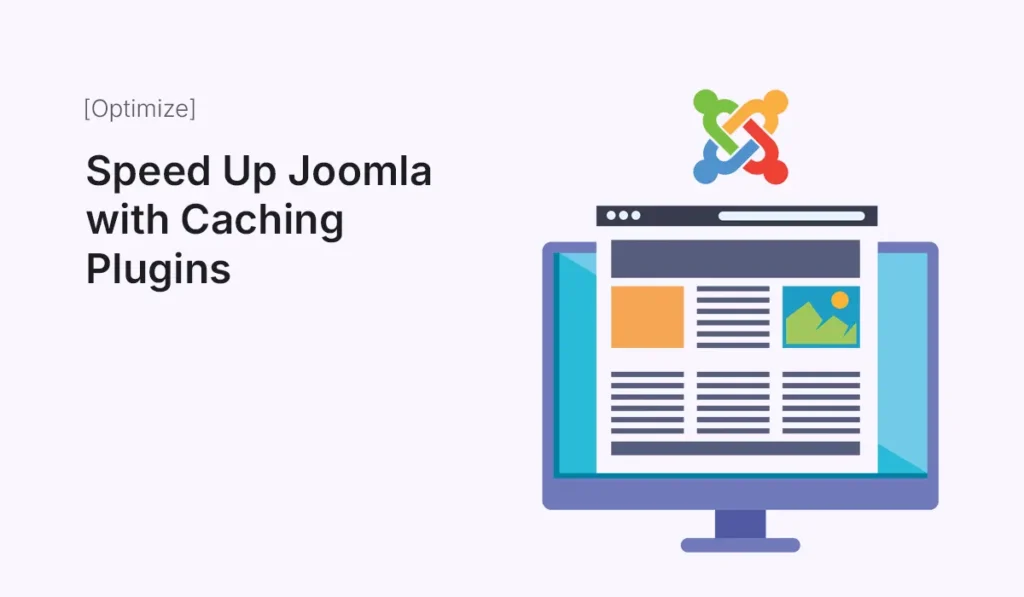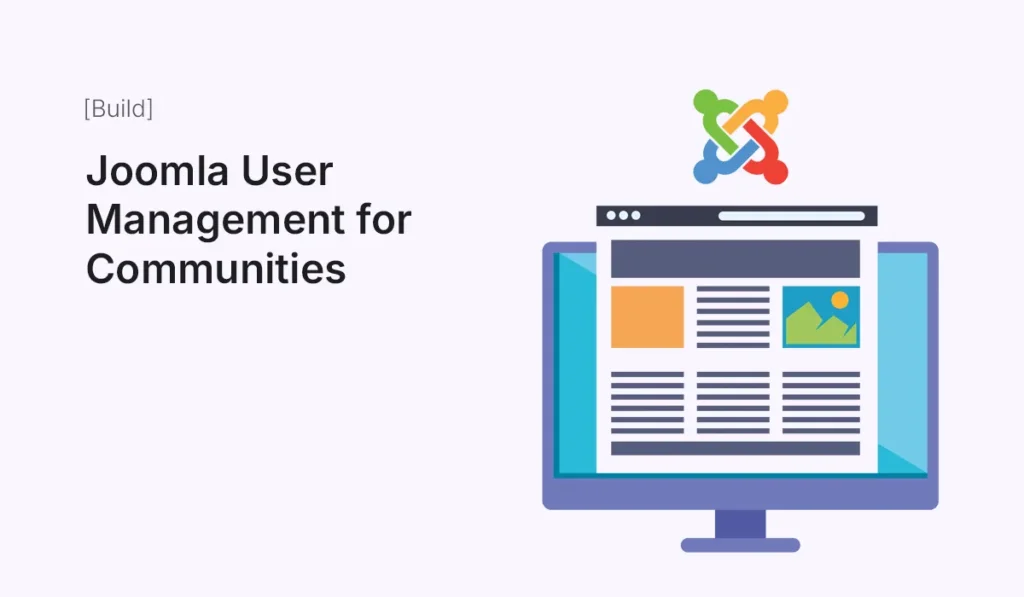How to Integrate Shopify with Email Marketing

Introduction Shopify has become the go-to eCommerce platform for entrepreneurs and businesses worldwide. With its user-friendly interface, robust app ecosystem, and scalability, it empowers merchants to create online stores that generate real revenue. But setting up a Shopify store is only half the battle — driving sales consistently requires effective marketing strategies. That’s where email marketing comes in. Email remains one of the most powerful digital marketing channels, boasting higher ROI than social media or paid ads. Integrating Shopify with email marketing helps store owners nurture customer relationships, increase conversions, and build long-term loyalty. In this guide, we’ll break down how to integrate Shopify with email marketing, why it matters, and actionable steps you can take to maximize the benefits. Why Email Marketing Matters for Shopify Stores Email marketing isn’t just about sending newsletters. When done right, it’s a direct communication channel that helps you: According to research, email marketing delivers an average ROI of $36 for every $1 spent. That’s why integrating it with your Shopify store can dramatically boost revenue. Step-by-Step Guide: How to Integrate Shopify with Email Marketing Choose the Right Email Marketing Platform Your first step is selecting an email marketing platform that integrates seamlessly with Shopify. Some of the most popular options include: Each platform has different pricing, features, and integrations. Consider your store size, audience, and marketing goals before choosing. Connect Your Email Marketing App with Shopify Once you’ve selected a tool, integration usually involves: Example: Build Your Subscriber List Integration is useless if you don’t have subscribers. Build your list ethically by: Pro Tip: Always comply with GDPR and CAN-SPAM regulations by making opt-ins clear and providing easy unsubscribe options. Create Email Campaigns That Drive Results Now that Shopify and your email tool are integrated, it’s time to craft engaging campaigns. Types of campaigns include: Use Segmentation and Personalization Segmentation divides your audience based on behavior and demographics. With Shopify integration, you can create segments like: Personalization takes segmentation further — using customer names, dynamic product recommendations, and behavior-based triggers to make emails feel one-to-one. Automate Email Workflows Automation is where Shopify + email marketing shine. Examples include: Automation ensures you engage customers at the right time without manual effort. Optimize Email Design & Content A well-integrated email marketing campaign should reflect your Shopify store branding. Best practices: Track Performance & Improve Your email marketing tool + Shopify integration provides data you can use to refine campaigns: Experiment with A/B testing subject lines, visuals, and send times to continuously optimize. Advanced Tips for Shopify + Email Marketing Integration Common Mistakes to Avoid Conclusion Integrating Shopify with email marketing is one of the smartest moves for any eCommerce business in 2025. It allows you to convert more visitors, retain customers, and grow revenue without relying solely on ads. By following this guide — choosing the right email tool, syncing data, segmenting customers, and automating workflows — you can create powerful, personalized campaigns that fuel long-term success. Ready to integrate Shopify with email marketing and grow your store? Start today and turn subscribers into loyal customers!
Speed Up Joomla with Caching Plugins

When it comes to website performance, speed is everything. A slow-loading site not only frustrates visitors but also hurts your search engine rankings. For Joomla websites, one of the most effective ways to boost speed is by using caching plugins. In this guide, we’ll explore how caching works in Joomla, why it matters, and which caching plugins you can use to optimize your site in 2025. Why Website Speed Matters For Joomla-powered websites—whether it’s a blog, business site, or e-commerce store—speed optimization is critical. What is Caching in Joomla? Caching is the process of storing copies of frequently accessed data so that Joomla doesn’t have to rebuild every page request from scratch. Instead of running multiple database queries and PHP scripts, cached pages load much faster. Joomla supports different caching methods: Built-in Joomla Caching Options Before using plugins, Joomla already has native caching features: These settings are often enough for small sites, but for larger or high-traffic websites, caching plugins provide more flexibility and control. Best Caching Plugins for Joomla in 2025 Here are the top caching and optimization plugins to speed up your Joomla site: JCH Optimize Cache Cleaner by Regular Labs JotCache Speed Cache by JoomUnited Regular Labs Cache Control How to Configure Caching Effectively Common Issues with Joomla Caching Best Practices for Joomla Speed Optimization Final Thoughts Caching is one of the most effective performance boosters for Joomla websites. While Joomla’s built-in caching works well for smaller sites, plugins like JCH Optimize, JotCache, and Speed Cache can take your site’s performance to the next level. If you want your Joomla site to load faster, rank better, and provide a smoother user experience, start with caching today. Want a faster site? Boost performance today with Joomla caching plugins and give your visitors a lightning-fast browsing experience!
Joomla User Management for Communities

Building an online community takes more than just a nice-looking website—it requires robust user management that allows you to control roles, permissions, and interactions. Joomla is one of the best CMS platforms for community-driven websites because of its advanced Access Control List (ACL), built-in user management, and flexibility with extensions. In this guide, we’ll explore how to use Joomla’s user management system to build and maintain thriving online communities. Why Joomla for Communities? While platforms like WordPress rely heavily on plugins for user role customization, Joomla comes with powerful user management features out of the box. For community sites—like forums, membership portals, intranets, or social networks—this is a huge advantage. Key benefits include: Core Joomla User Management Features User Registration & Profiles User Groups Joomla uses a hierarchical structure of user groups, such as: You can also create custom groups tailored for your community—for example, Volunteers, Premium Members, or Forum Moderators. Access Control List (ACL) ACL is Joomla’s most powerful feature for communities. It allows you to control: Example: User Permissions Permissions can be set for articles, categories, modules, or components. For instance: Extensions to Boost Joomla Communities While Joomla’s core is powerful, extensions can turn your site into a full-featured community hub: Practical Setup for a Joomla Community Site Best Practices for Joomla User Management Final Thoughts Joomla’s built-in user management system is one of the most powerful features for building communities. With ACL, custom groups, and extensions like Community Builder or JomSocial, you can create anything from a small membership site to a large social network. If you’re planning to launch a community site in 2025, Joomla remains one of the most reliable and flexible choices. Ready to launch your own online hub? Start building with Joomla user management for communities and create a thriving digital space today!
